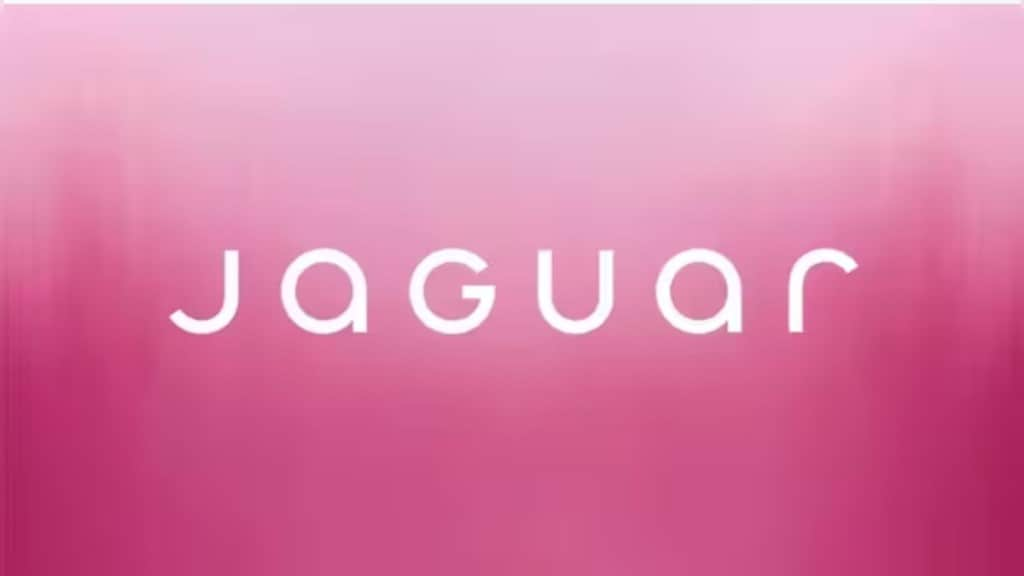The unrelenting backlash against Jaguar’s rebranding exercise raises a relevant question: Why do some of the most iconic companies make mistakes in their brand communication that chip away at their reputation? The reasons can be many — taking the audience for granted, failure of adequate research, a temporary creativity block, etc. But the biggest reason is that in their urge to do something different, companies forget to figure out who their audience is and what they want. In Jaguar’s case, it’s all this and more. The company recently refreshed its logo and brand presence, doing away with the iconic leaping big cat in favour of curvy typography and new credos: “Copy nothing. Delete ordinary.”
At first glance, there is nothing wrong in all these for a brand which is seeking to reinvent and reimagine itself as an all-electric vehicle maker. Jaguar has said the advertisement marks the “reveal of a completely reimagined brand” and that the next stage in the transformation will be revealed on December 2. The company has also said it needed to re-establish the brand at a completely different price point and hence wanted to move away from traditional automotive stereotypes. But one fails to understand how featuring catwalk models with asymmetrical haircuts and brightly coloured, haute couture clothing walking around a Mars-like landscape bathed in bright pink will attract younger and richer customers.
The controversy is the latest example of a brand pursuing an apparently “woke” agenda to appease and hopefully attract socially conscious, younger audiences. But at what cost? In recent years there has been a super-charging of brands jumping on the social responsibility bandwagon and creating polarising ads that alienate loyal customers as they aggressively market messages of diversity and empowerment. It’s given rise to the popular refrain of “Go Woke, Go Broke” — a powerful consumer backlash where fed-up customers boycott a brand to send a clear message of their dissatisfaction. Brands need not always hijack sociopolitical causes and realign their values to appease younger audiences and risk losing their core demographic. More importantly, Jaguar’s rebranding sends confusing messages to the younger audiences as well.
Jaguar would do well to recognise that it’s a botched-up job and withdraw before it’s too late. Many other illustrious peers have done precisely that. Apple, for example, withdrew its “Crush” campaign for its iPad Pro 2024 which depicted musical instruments and creative tools being crushed by a hydraulic press, unveiling the sleek gadget in the end. The ad hit a raw nerve almost immediately, as it was interpreted as crushing creativity. Sometimes good intentions have gone horribly wrong. For example, one Pepsi ad featured Kendall Jenner ending a heavily policed demonstration by handing an officer a can of Pepsi. While Pepsi was trying to “project a global message of unity, peace, and understanding”, the brand was accused of trivialising protests — in this case, the Black Lives Matter movement. The video was removed 24 hours later. Grabbing the attention of consumers is becoming increasingly difficult, so brands want to push boundaries to stand out. But companies like Jaguar must draw a line here. Done right, you can tap into the zeitgeist. Done wrong, you might be seen as an outdated relic. The bottom line is this: Creating controversial ads can be a fine line between an ad that gets people talking and one that consigns your brand to the bin of shame.

